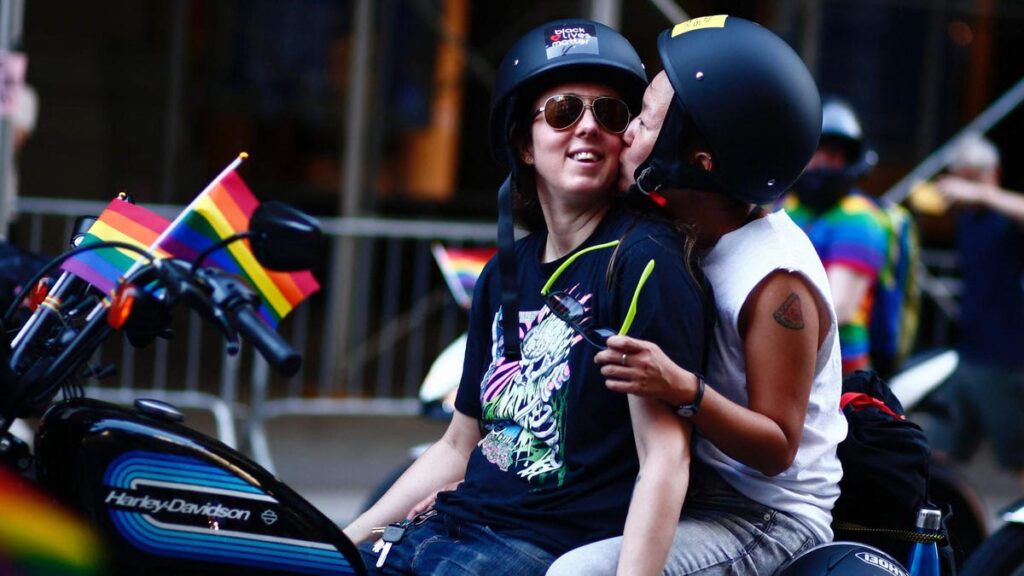The History Of Queer Motorcycling

Photo: Kena Betancur / AFP (Getty Images)
Here in the United States, there’s a very established normal. Two point four kids, his and hers bathrobes, a white picket fence, a two-car garage — these are the things you’re meant to aspire to, the standards you’re supposed to want. But those goals don’t work for everyone.
What’s The Best Quarter and Mid-Life Crisis Car? | Jalopinions
When you look outside that norm, you start to find a lot more options. You can have more kids, fewer, or none at all; your bathrobes can be his and his, hers and hers, theirs and theirs, in combination or number. The picket fence could be swapped out for an apartment fire escape, and the two-car garage could specifically house two-wheeled transportation.
That’s the thesis laid out by Reymond Drew in his pride month piece for RevZilla, where he examines the history of queer culture as it relates to motorcycles. From 1953’s The Wild One to Lil Nas X’s Super73 collab, queer people and motorcycles have often gone hand in hand — both forced to exist outside the “norm” of American culture.
Drew’s full piece is worth the read, his decade-by-decade walk through queer motorcycling looks from Stonewall to leather culture to metal music and even the Fast and Furious movies. Queer culture is far, far older than you — of course queer folks adopted motorcycling along the way.



